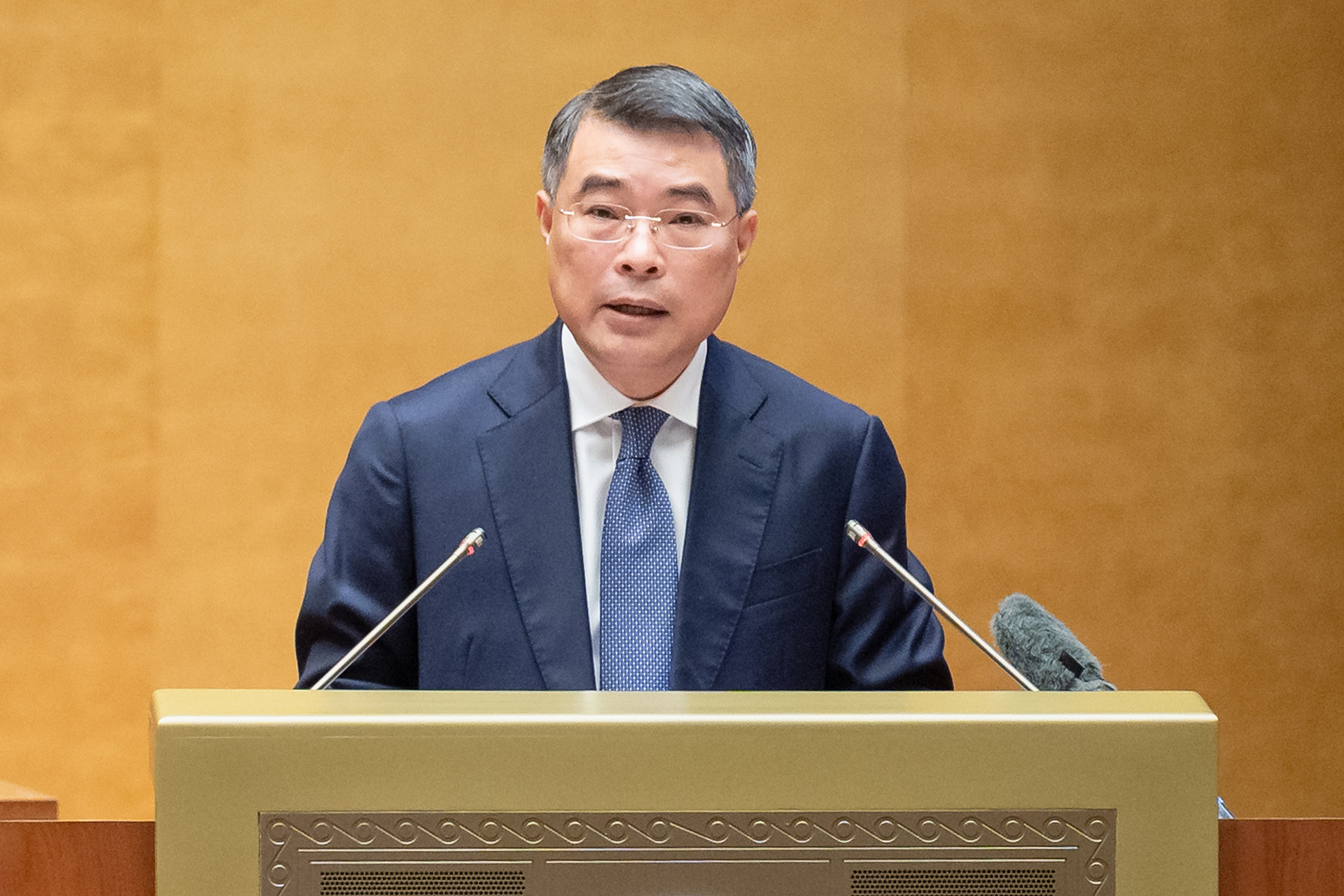
After stabilization, new political and administrative centers will then be set up.
The Politburo and the Secretariat held a national conference on April 16 to disseminate the Resolution of the 11th meeting of the 13th Party Central Committee. At the event, Hung delivered a presentation on continuing to streamline the organizational structure for efficiency and effectiveness, alongside amending and supplementing regulations to implement the Party Charter.
He noted that the Central Committee had thoroughly discussed multiple aspects and reached consensus on principles and criteria for reorganizing provincial and commune-level administrative units.
The two-tier local government structure will consist of provincial (including provinces and centrally governed cities) and commune (including communes, wards, and special zones under provinces or cities) agencies.
There will be 34 provinces and cities after mergers, including 28 provinces and 6 centrally governed cities. Of these, 11 provinces and cities will not be merged, namely Hanoi, Hue, Lai Chau, Dien Bien, Son La, Cao Bang, Lang Son, Quang Ninh, Thanh Hoa, Nghe An, and Ha Tinh.
Hung announced that the Central Committee agreed to terminate district-level administrative units from July 1, following the enforcement of the amended 2013 Constitution and the revised Law on Local Government Organization. Additionally, localities will merge commune-level units, reducing the nationwide total units by 60-70 percent.
The naming and location of political centers for merged provinces will be based on criteria such as natural area, population size, history, cultural traditions, ethnicity, economic geography, geopolitics, defense-security, and foreign affairs.
Priority is given to merging adjacent units in mountainous areas, lowlands, and coastal areas to maximize development space, thus meeting the requirements of the country’s rapid and sustainable development goals in the new phase.
New names should be easily recognizable, short, and rooted in tradition and culture, with local community support, prioritizing the use of pre-merger administrative unit names for new units.
Regarding the political and administrative centers of new units, Hung emphasized the need to select locations with favorable geography, convenient connectivity, and alignment with socio-economic development goals.
“At first, we will select the political and administrative center of one of the current provinces as the new center. Once the new province stabilizes, studies can be conducted to plan and build rational new political-administrative centers,” Hung said.
He added that commune-level governments must be close to the people and cost-efficient, and must not become “miniature districts”. Decentralization from the government and ministries to local authorities will be promoted, tailored to management capacity and needs.
Nguyen Thao